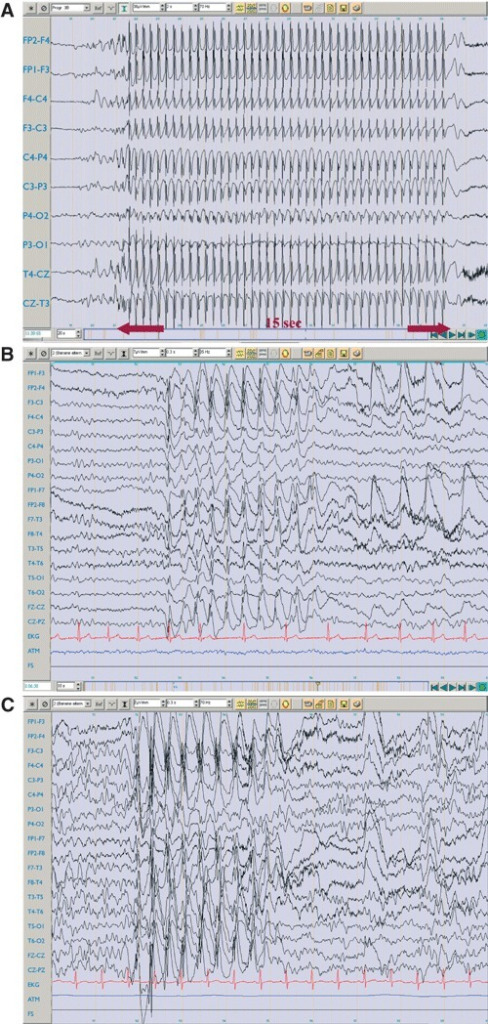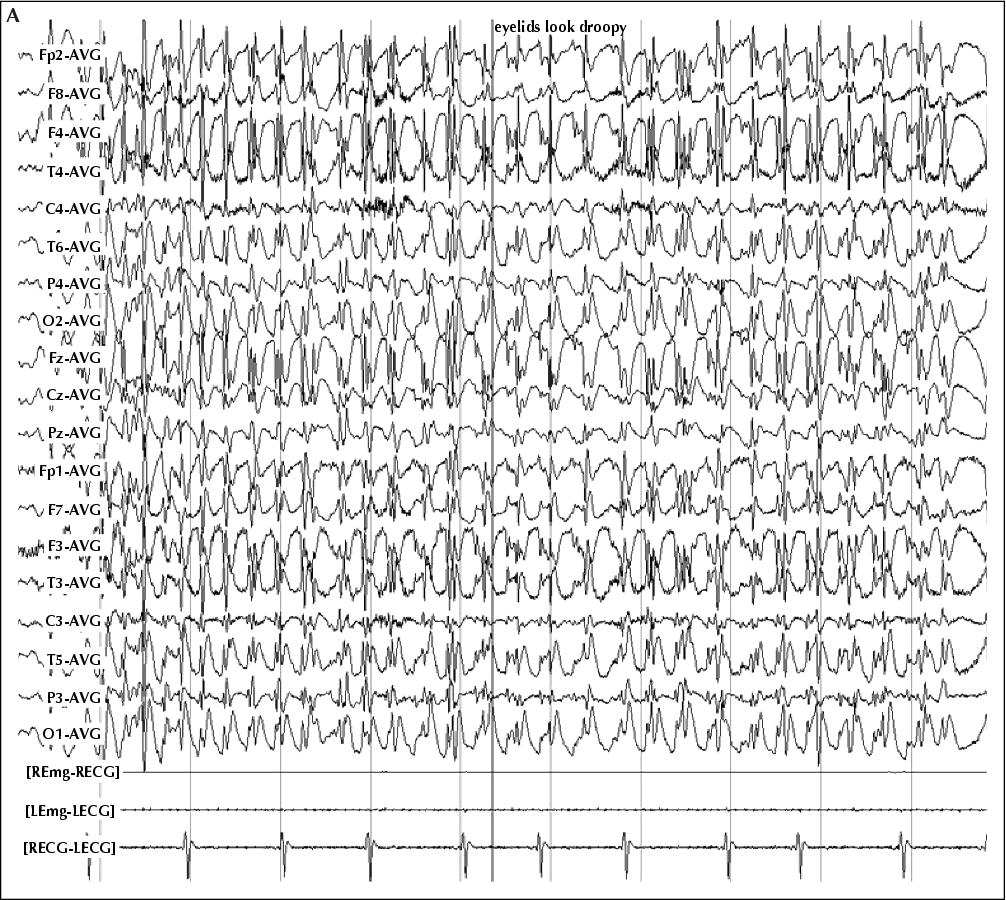

Voluntary hyperventilation in patients with. Interictal epileptiform discharges were interpreted as showing in increase in frequency during hyperventilation in 19 (4.4) patients, when compared with the baseline EEG. We also suggest that once an absence seizure has been recorded at any time during hyperventilation, this procedure could be stopped, thus reducing the amount of discomfort for the child.ĮEG absence seizures child electroencephalography hyperventilation time-to-event.Ĭopyright © 2015 Elsevier Inc. Hyperventilation was associated with a clinical seizure in two (0.46) of the subjects (partial seizures in both cases). Hence, a larger prospective study is warranted to establish more accurate hyperventilation duration parameters. We found that the vast majority of children referred for suspected absence seizures experience a seizure less than 90 seconds after hyperventilation onset, and even more so by 120 seconds. Our findings suggest that current guidelines for routine pediatric electroencephalography recording requiring three minutes of hyperventilation may not be clinically necessary. All eight children with posthyperventilation seizures had experienced at least one event during hyperventilation.

Most (68%) children sustained a single event. The vast majority (85.5%) had an absence within 90 seconds. Mean time from hyperventilation onset to a first absence was 52 seconds (median 32 seconds). The time from hyperventilation onset to a first and further seizure(s) was measured, and the occurrence of absences during the posthyperventilation phase was also noted. We studied the duration of hyperventilation required to provoke a first absence seizure to determine whether three minutes of the procedure are indeed necessary.Įlectroencephalography records of children who experienced absence seizures during hyperventilation were reviewed. Hyperventilation induces absence seizures in children with absence epilepsy, and routine electroencephalography studies include three minutes of hyperventilation.


 0 kommentar(er)
0 kommentar(er)
